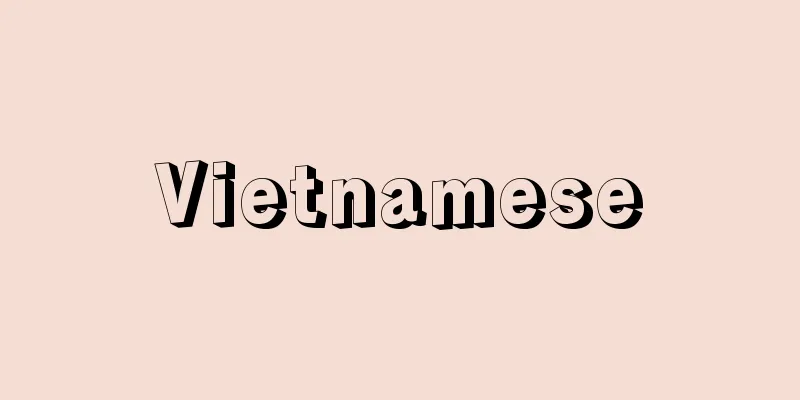'Unṣurī (English spelling) Unsuri

|
...After the "Two Silent Centuries" of Arab conquest and rule, Sasanian court literature was revived in Islamic guise at the Samanid court, whose capital was Bukhara in the 10th century, and the system of court poets was established. Many Persian poets, including Rudaki, were active and composed many odes. This system was inherited by the Ghaznavid and Seljuk dynasties, and it is said that as many as 400 court poets served at the court of the Ghaznavid Sultan Mahmud, and Unṣurī (?-1039) was the first to receive the title of poet laureate. Excellent ode poets such as Mu'izzī (c. 1048-c. 1125) and Anwari served at the Seljuk court (1038-1194). From [Persian Literature]...In the second half of the 10th century, Firdousi, Iran's greatest national poet, succeeded the pioneering poet Dakiki and began composing poetry on the themes of myths, legends, and history from the founding of Iran to the fall of the Sassanid dynasty. Over the course of more than 30 years, he completed the great national epic poem, the Shahnameh (Book of the Kings), which consists of some 60,000 verses. Although the Turkish Ghaznavid and Seljuk dynasties continued to rule from the early 11th century to the 13th century, these dynasties also became completely Iranian culturally and continued the traditional cultural policies that had been in place since the Samanid dynasty, and as a result Persian poetry continued to flourish even under the rule of foreign dynasties.It is said that as many as 400 Persian court poets served at the court of the Ghaznavid Sultan Mahmud in the first half of the 11th century, a poet laureate system was established, and anthemic poets such as Unṣurī, Farrukhī, and Manūchihrī were active, establishing the "Khorasan style" which became the mainstream of classical Persian poetry and further enriching expression by incorporating much Arabic vocabulary. During the Seljuk period from the late 11th century to the early 12th century, Persian poetry reached its zenith in both quality and quantity, with Mu'izzi and Anwari, the greatest poet of odes, emerging as court poets. *Some of the glossaries that mention "'Unṣurī" are listed below. Source | Heibonsha World Encyclopedia 2nd Edition | Information |
|
…アラブに征服・支配された〈沈黙の2世紀〉を経たのち,10世紀にブハラに都したサーマーン朝宮廷において,ササン朝宮廷文学はイスラムの装いをもって復活し,宮廷詩人の制度が設けられ,ルーダキーをはじめ多くのペルシア詩人が華々しく活躍し,多くの頌詩を作った。この制度はガズナ朝,セルジューク朝にも受け継がれ,ガズナ朝スルタン,マフムードの宮廷には400人もの宮廷詩人が仕えたといわれ,ウンスリー‘Unṣurī(?‐1039)は最初の桂冠詩人の称号をうけた。セルジューク朝(1038‐1194)宮廷にはムイッジーMu‘izzī(1048ころ‐1125ころ),アンワリーのような優れた頌詩詩人が仕えた。… 【ペルシア文学】より…10世紀後半に先駆的詩人ダキーキーの後を継いで,イラン建国からササン朝滅亡に至る神話,伝説,歴史をテーマに作詩に着手し,30余年をかけて約6万句に及ぶ大民族叙事詩《シャー・ナーメ(王書)》を完成させたのがイラン最大の民族詩人フィルドゥーシーである。 11世紀初頭から13世紀にかけてトルコ系ガズナ朝,セルジューク朝の支配が続いたとはいえ,これらの王朝も文化的には完全にイラン化してサーマーン朝以来の伝統的文化政策を踏襲したため,異民族王朝支配下においてもペルシア詩は隆盛の一途をたどり,11世紀前半ガズナ朝スルタン,マフムードの宮廷には400人ものペルシア宮廷詩人が仕えていたといわれ,桂冠詩人の制度が設けられ,ウンスリー‘Unṣurī,ファッルヒーFarrukhī,マヌーチフリーManūchihrīらの頌詩詩人が活躍し,ペルシア古典詩の主流になった〈ホラーサーン・スタイル〉を確立し,アラビア語彙を多く採り入れて表現をさらに豊かにした。11世紀後半から12世紀前半にかけてのセルジューク朝支配時代にはペルシア詩は質量ともに最高潮に達し,宮廷詩人としてはムイッジーMu‘izzīをはじめ,頌詩の最高詩人アンワリーが現れた。… ※「‘Unṣurī」について言及している用語解説の一部を掲載しています。 出典|株式会社平凡社世界大百科事典 第2版について | 情報 |
<<: Under den Linden (English spelling)
>>: Unstead, JF (English spelling) UnsteadJF
Recommend
Hamada Kosaku
He was an archaeologist from Osaka Prefecture and...
épée (English spelling) epee
…Fencing developed mainly in Italy, France, and S...
Wood splitting technique
…Also called Kikudaki, it was originally a techni...
Wright of Derby
…English painter. Also known as Wright of Derby a...
Lepois, C. (English spelling) LepoisC
...Based on the wild assumptions of the wandering...
Biliary tract cancer - Biliary tract cancer
This is cancer that develops in the bile duct from...
poiēma (English spelling)
…The making of a desk or a bed, the writing of po...
"Cahier d'Art" - Kaie Daru
...This view of objects significantly amplified t...
al-Sham (English spelling)
…the historical name for the long, narrow strip o...
Liliuokalani (English spelling)
Born: September 2, 1838 in Honolulu [Died] Novembe...
Xuzhou
A prefecture-level city in northwest Jiangsu Prov...
Widow's pension - kafunenkin
This pension is paid to the wife when the husband ...
Macedo-Rumanian (English spelling)
...In the former Soviet Union, the language of th...
New York [State] - New York
A state in the northeastern United States. Abbrevi...
Competition design
In addition to the above drawings, architectural ...









